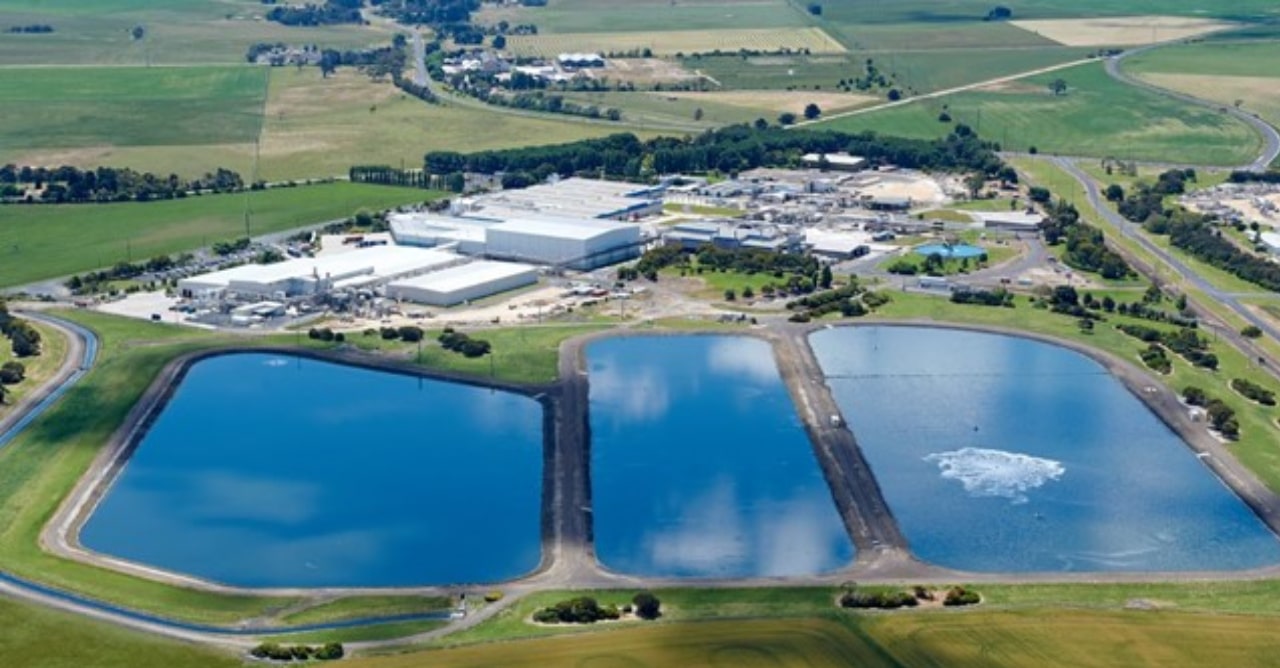Kimberly-Clark Australia to reduce its environmental footprint
“We are very close to our 2022 zero waste target at our Millicent Mill, with almost a 98% deviation achieved” – Kimberly-Clark

By 2022, Millicent’s Kimberly-Clark manufacturing facility in Australia is on track to divert 100% of its manufacturing waste from landfills to higher-value alternatives. In addition, the Australian team reached a new milestone last year with 99% recycling efficiency.
“Our Millicent facility is just one of the many Kimberly-Clark facilities around the world contributing to our global goal to reduce our environmental footprint by 50% by 2030.,” the company commented in a note on LinkedIn.
In 2020, the company celebrated 60 years of sustainable manufacturing at Millicent Mill and developed new Ambitions 2030 for people and the planet, for the next decade.
“We’re proud of our achievements, including positively impacting the lives of more than 800,000 people across ANZ – far more than ever before. We also hit 29 years of partnership with Plunket in 2020 and launched several new long-term strategic partnerships to help us deliver on our social impact goals. We gifted over $900,000 in financial contributions and production donations including $200,000 to Lifeline at the peak of the pandemic. And we launched a range of new initiatives to support our own people, too,” commented the company.
In addition to these breakthroughs, the multinational is stepping up key environmental impact areas, setting a goal to be carbon neutral in its ANZ operations by 2030, and cut its plastics footprint in half.
“In 2020 we made great progress – we reduced our emissions once again, achieving a 35.4% reduction against our baseline year (2015). And we are very close to our 2022 zero waste target at our Millicent Mill, with nearly 98% diversion achieved,” they concluded. “We’re proud of what’s been achieved, but there’s always more to be done. As we look to the rest of 2021, we are focusing on developing our first Reconciliation Action Plan and establishing projects to reduce our supply chain emissions, mill emissions, and plastics footprint.”


